PRODUCTS
CONTACT US
Ningbo Nide International Co., Ltd.
一一
· Contact person:Jack Zeng
· Mob/Whatspp/WeChat:0086-13738869026
· Email:emarketing@nide-group.com;marketing4@nide-group.com
· Add:No. 169, Wohushan Road, Daqi Subdistrict, Beilun District, Ningbo, China

Nide team could manufacture ball bearing as per customer’s drawing and samples.
If customer only has samples, we could also design drawing fo r our customer.
We also provide customized service.
Our ball bearing is widely applied the different industrials.
Ningbo Haishu Nide International was established in 2010. We produce insulation paper,ball bearing,fan,motor cover and lamination,carbon brush,commutator,thermal protector and other products. Our unwavering commitment to quality has been recognized by the National Testing Center and the Zhejiang Provincial Testing Center. We adhere to ISO 9001:2015 and CE statior standards, prioritize quality, and operate with integrity.
We prioritize quality and first-class service, constantly pursuing perfection. We have a deep understanding of the precise needs of our customers, and our important motor component manufacturing network and strict quality control system enable us to provide high-quality products to customers at reasonable prices.
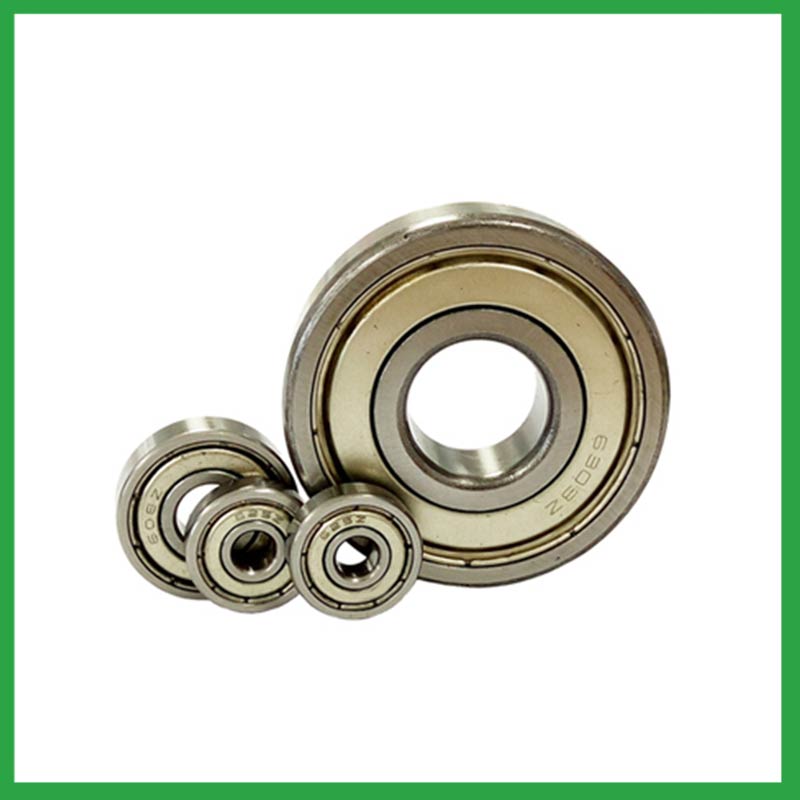
| Parameter | Information |
| Product Name | 5mm bearing ball |
| Brand Name | Nide |
| Place of Origin | Ningbo,Zhejiang |
| Type | Ball |
| Material | chrome steel, etc. |
| Sample | Avaible |
| Warranty | 3months-1year |
| Lubrication | Dry/ Oil |
| Application | textile machinery,automotive engines, etc. |
| Port | Ningbo/Shanghai |
| Size(mm) | customize |
| Export Country | Argentina,Brazil,South Korea,Somalia,Dominican Republic,Namibia,Mayotte...etc |
| Export region | Europe,Asia,Africa... |
| Certification | ISO 9001 Certification,CE-stator coil winding machine,CE-stator coil winding inserting machine,etc |
| Precision Rating | as per customer's requirement |
| Feature | Good wear resistance,High speed...etc |
| Packaging Details | Suitable for sea transportation |
| Color | gray+customized |
| Seals Type | Rubber seals |
| Service | Prompt Delivery |
| Supply Ability | 100000-500000 Piece/Pieces per Month |
| Lead time (days) | 15-20 (To be negotiated) |
Please note: The above table data is for reference only. For specific information, please contact us.
The precision range of 5mm bearing ball is from ABEC7 to ABEC9, with a particle size of 0.3 μ m. Among them, ABEC9's ball bearings have the best precision range and are widely used in the electronics industry, precision measurement industry, and so on.
During the installation process, pollution from dirt and wear media should be prevented;
Temperature and humidity should be controlled to avoid excessive temperatures during startup and operation;
It should be operated and lubricated in the correct reverse direction to avoid unnecessary damage.
Ball bearings have many advantages, making them highly competitive in the market.
Firstly, they are very durable and have good wear performance, making their service life longer than many other types of bearings.
Secondly, they are easy to install and can provide low friction performance in various applications.
Thirdly, they require a relatively low level of maintenance, making them cost-effective.
In addition, compared to many other types of bearings, their purchase cost is relatively low, making them an economical choice.




5mm bearing ball---FAQs Guide
2.How do preload adjustments in 5mm bearing ball affect their performance and suitability for high-precision tasks?
3.Are there specific 5mm bearing ball designed for applications in the aerospace and aviation industries, and what standards do they adhere to?
4.How do different 5mm bearing ball designs, such as deep groove, angular contact, or thrust bearings, cater to specific applications?
5.Where can 5mm bearing ball be used?
6.About 5mm bearing ball,Can I add my own logo?
7.Are there self-aligning 5mm bearing ball that accommodate misalignment and shaft deflection in rotating equipment?
8.What are the considerations for choosing between open, shielded, or sealed 5mm bearing ball in specific applications?
9.Can 5mm bearing ball operate in high-temperature environments like industrial ovens or furnaces, and how are they protected from heat-related damage?
10.How do sealed 5mm bearing ball prevent the ingress of contaminants and extend the bearing's service life?
11.What is the role of 5mm bearing ball in reducing friction and energy loss in rotating machinery?
12.What is the typical noise level associated with 5mm bearing ball, and how are noise-reduction techniques applied?
13.What is the load distribution within a 5mm bearing ball, and how does it vary between different bearing configurations?
14.How do cage materials and designs impact 5mm bearing ball performance and stability?
1.What are the considerations for selecting sealed or shielded 5mm bearing ball to protect against contamination and retain lubrication?
First, the environment in which your 5mm bearing ball operate in can help you identify potential contaminants, allowing you to select your shields or seals accordingly. For example, shielded bearings have a gap that can allow finer contaminants or water from washdown applications to enter the bearing and get into the raceways.The challenge for sealing bearings is to seal the bearing by protecting the bearing from contaminants and running efficiencies.
2.How do preload adjustments in 5mm bearing ball affect their performance and suitability for high-precision tasks?
Benefits of Preloading a Bearing
Optimizes the ball spin to roll ratio.
Increases the rigidity of an application.
Protects from excessive ball skidding.
Decreases application vibration and sliding friction.
High running accuracy (even if load conditions keep changing)
Increases bearing load capacity.
3.Are there specific 5mm bearing ball designed for applications in the aerospace and aviation industries, and what standards do they adhere to?
Airframe control 5mm bearing ball are specialized bearings tailored for aircraft structures, particularly control systems and surfaces. Designed for low-speed oscillatory applications, they offer precision and support, effectively managing misalignments and flight-induced stresses.
Airframe Control bearings are lightweight, corrosion-resistant, grease-lubricated, and are sealed on most occasions. They come in precision grades for running accuracy.
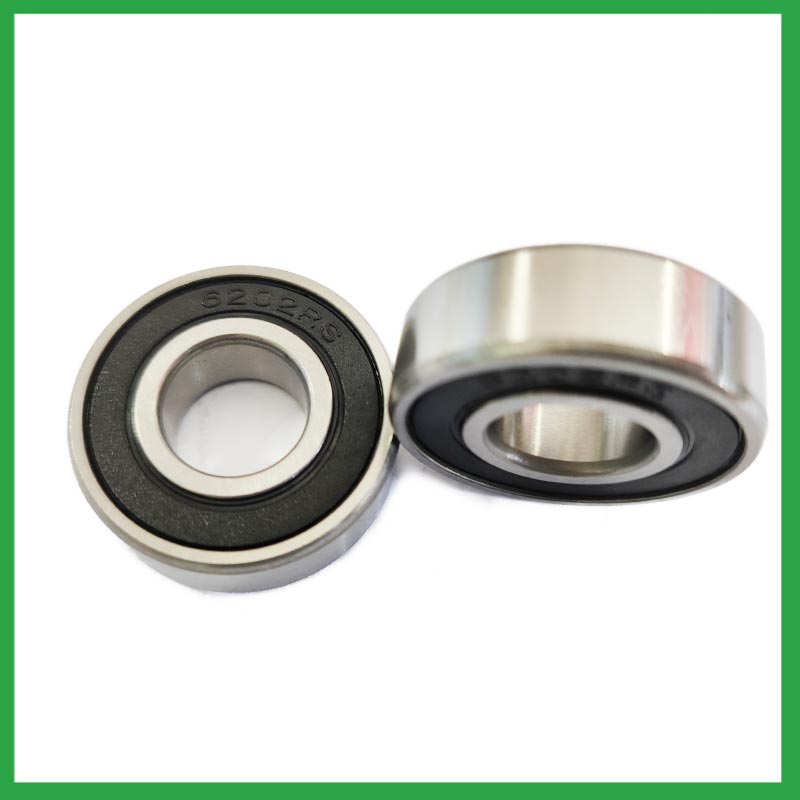
4.How do different 5mm bearing ball designs, such as deep groove, angular contact, or thrust bearings, cater to specific applications?
Deep groove 5mm bearing ball: Deep groove ball bearings are the most common type. They can handle both radial and axial loads. Angular contact ball bearings: Angular contact ball bearings have higher than average internal axial clearance. They can handle axial loads in one direction and moderate radial loads.
5.Where can 5mm bearing ball be used?
5mm bearing ball are very versatile. They can be designed to withstand radial loads, axial loads and combined radial/axial loads at various operating speeds. These characteristics, combined with the relative cost and compactness of the design, give it universal appeal within the industry. Ball bearings are widely used in electric motors, gear reducers and pumps. Serving the automotive, home appliances, aerospace, oil and gas drilling, and mining sectors.
6.About 5mm bearing ball,Can I add my own logo?
Yes, you can add your logo on bearings and packing box. We supply OEM SERVICE including bearing's size, logo, packing, etc.
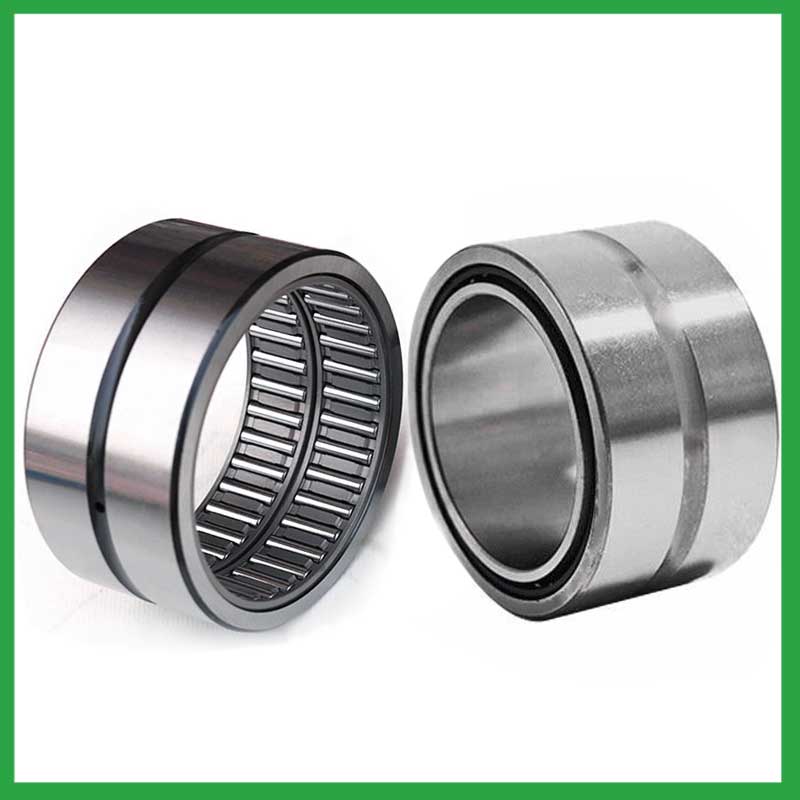
7.Are there self-aligning 5mm bearing ball that accommodate misalignment and shaft deflection in rotating equipment?
These 5mm bearing ball are particularly suitable for applications where misalignment can arise from errors in mounting or shaft deflection. A variety of designs are available with cylindrical and taper bores, with seals and adapter sleeves and extended inner rings.
8.What are the considerations for choosing between open, shielded, or sealed 5mm bearing ball in specific applications?
While sealed bearings offer superior protection and maintenance advantages, shielded 5mm bearing ball can be more suitable in situations where minimal friction and operating temperature are crucial. It's essential to assess the operational environment and demands before making a selection.
9.Can 5mm bearing ball operate in high-temperature environments like industrial ovens or furnaces, and how are they protected from heat-related damage?
5mm bearing ball are capable of working at temperatures up to +842°F (+450 °C). Special lubricants, seals and coatings make this possible by protecting the ball bearings from heat damage.
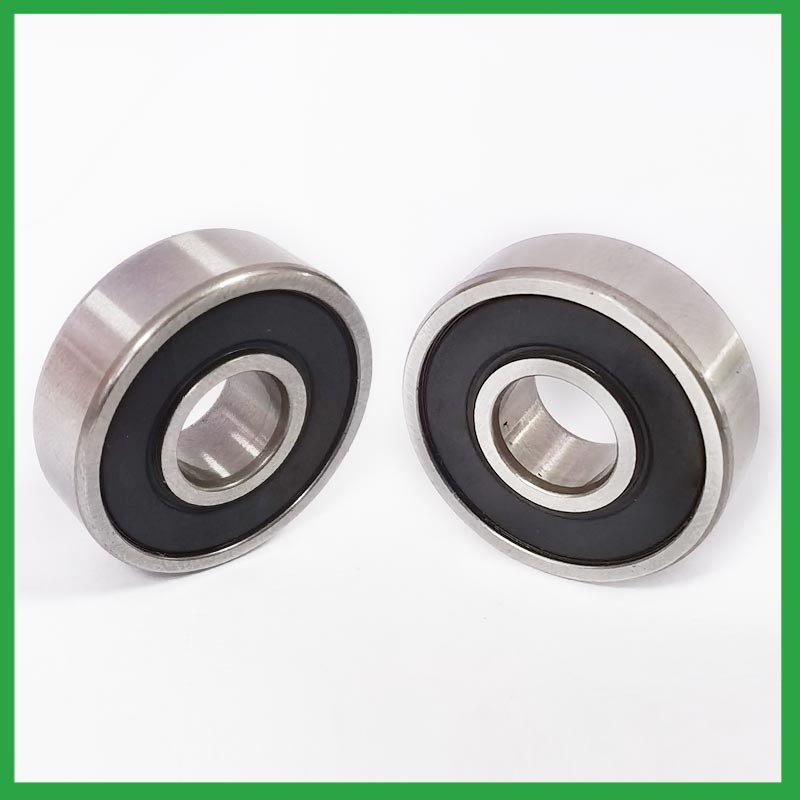
10.How do sealed 5mm bearing ball prevent the ingress of contaminants and extend the bearing's service life?
Contact seals are a type of seal where the sealing lip physically touches the inner raceway of the 5mm bearing ball. They create a narrow line or zone of contact that forms a barrier to prevent the escape of lubricants and the ingress of contaminants. Because the seal keeps dirt and other contaminants out, it can offer a longer operating life of the bearing or prevent premature bearing failure. Sealed bearings can be considered lubricated for life, which eliminates the need for a relubrication process.
11.What is the role of 5mm bearing ball in reducing friction and energy loss in rotating machinery?
5mm bearing ball reduce friction by using smooth balls lubricated with oil or grease that freely roll between a smooth inner and outer surface. The main concept of the ball bearing is that objects that roll past each other produce less friction than if the objects were sliding against each other.
12.What is the typical noise level associated with 5mm bearing ball, and how are noise-reduction techniques applied?
To measure in accurate way the 5mm bearing ball noise under rotation during their manufacturing process is a key activity particularly in the production of medium, small and ultra-small deep groove ball bearings. This capability in bearings noise analysis has become the real distinguishing element between a standard bearings noise equipment and a superior class one.
The various types of vibration and sound in rolling bearings can be grouped in four main categories: structural, manufacturing, handling and other. The structural vibration consists mostly of race, click, squeal and cage noise: it can be continuous or intermittent depending on specific cases. The manufacturing vibration is instead related to the waviness noise generated by the geometrical imperfections of inner and outer ring and of rolling elements, being always continuous in nature. The so-called handling vibration is normally associated with flaw and contamination and is generating – in most of the cases – irregular noise. Then there are other types of vibrabition that include noise generated by sealing and lubricant (irregular) or by runout (continuous).
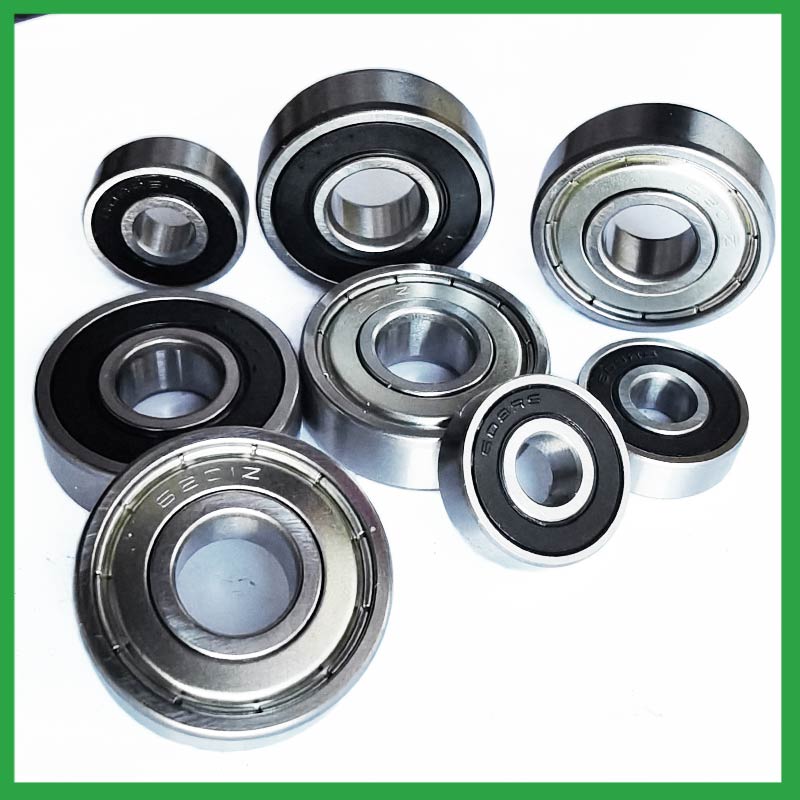
13.What is the load distribution within a 5mm bearing ball, and how does it vary between different bearing configurations?
The load distribution between the rolling elements and raceway is crucial in performance evaluation of rolling element bearings. Determine the load distribution by measuring the strain response at the bearing surface with a notched housing. Finite element analysis shows that the introduction of notches does not affect the load distribution. An experimental system was developed to investigate the load distribution in a cylindrical roller bearing. The experimental static load distribution agrees well with the theoretical calculation. The dynamic load at specific position of load zone reflects the manufacture difference among rollers and dynamic balance of distributing loads.
14.How do cage materials and designs impact 5mm bearing ball performance and stability?
As the core component of rotating machinery, the performance and reliability of high-precision 5mm bearing ball directly affect the overall performance and life of the machine and instrument . The increase of the rotational speed will aggravate the collision and friction of the cage, which will lead to the decrease of the rotational stability of the cage. The unstable movement of the cage could in turn lead to more severe collision and wear, thus reducing the life and reliability or even the destruction of the bearing.
Therefore, it is very necessary to study the cage stability to guarantee the stable operation of bearings. However, the dynamic characteristics of the cage is very complex. Parameters such as load, rotational speed and lubrication may affect its kinematic and tribological conditions, which leads to the change of its motion behavior.

